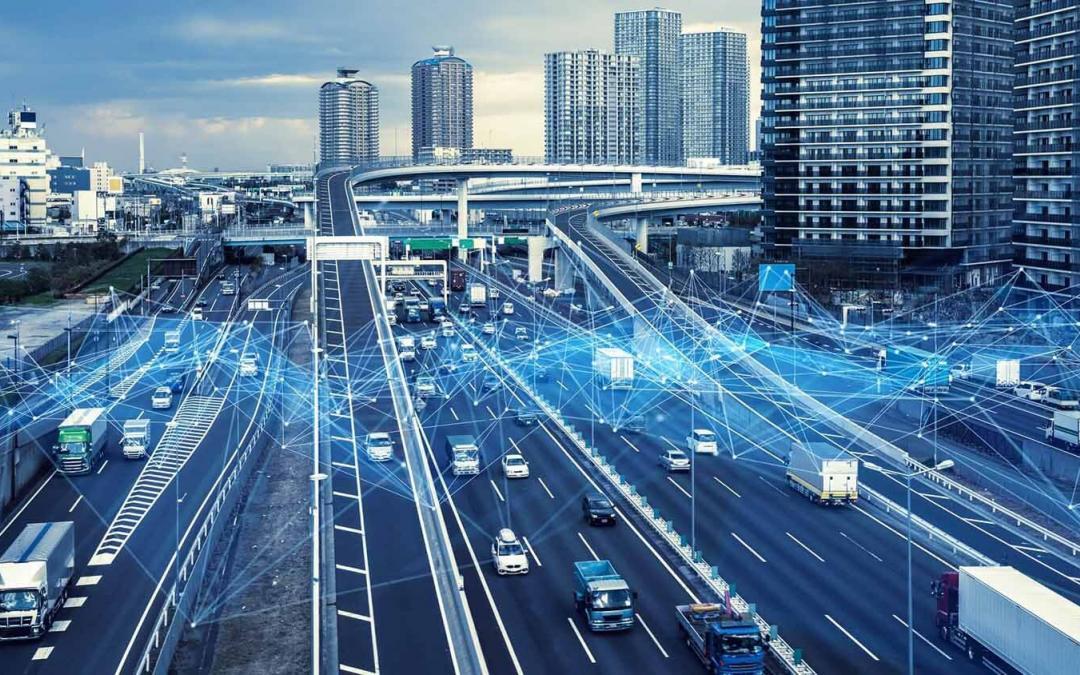The increasing urbanization of our world is putting a strain on traditional transportation systems, leading to congestion, pollution, and increased commute times. As cities strive to become more sustainable and livable, they are turning to smart mobility solutions to transform the way people move around.
Smart mobility refers to the use of innovative technologies and data-driven solutions to optimize transportation systems, reduce traffic congestion, and enhance the overall travel experience. These solutions include everything from electric and autonomous vehicles to real-time traffic management systems and multimodal transportation options.
One of the primary goals of smart mobility is to reduce the number of single-occupancy vehicles on the road, which account for a significant portion of greenhouse gas emissions and contribute to traffic congestion. To achieve this goal, cities are implementing a range of strategies, including:
- Multimodal Transportation: Encouraging the use of multiple modes of transportation, such as walking, cycling, and public transit, can help reduce the number of cars on the road. Cities are investing in infrastructure to make it easier and safer for people to walk and cycle, such as building bike lanes and pedestrian walkways, and integrating different modes of transportation through mobility hubs.
- Electric Vehicles: The use of electric vehicles (EVs) is on the rise, and cities are investing in the infrastructure needed to support this shift. This includes installing EV charging stations in public spaces, workplaces, and residential areas, as well as implementing policies and incentives to encourage the use of EVs.
- Autonomous Vehicles: The development of autonomous vehicles (AVs) has the potential to revolutionize transportation, making it safer and more efficient. AVs can help reduce the number of accidents caused by human error, as well as reduce traffic congestion and travel times. However, there are still challenges to overcome, such as developing the infrastructure needed to support AVs and ensuring they can safely navigate complex urban environments.
- Real-Time Traffic Management: Using real-time data and analytics to manage traffic flow can help reduce congestion and improve travel times. Cities are investing in intelligent transportation systems (ITS) to collect and analyze data from various sources, such as traffic cameras and sensors, to optimize traffic flow and improve safety.
- Mobility as a Service (MaaS): MaaS is a concept that allows people to access different modes of transportation through a single platform, such as a smartphone app. MaaS platforms can integrate public transit, bike-sharing, ride-sharing, and other transportation options, making it easier for people to plan their journeys and reduce reliance on personal cars.
The benefits of smart city mobility go beyond reducing traffic congestion and emissions. By creating more efficient and accessible transportation systems, cities can improve social equity and reduce the economic burden of transportation on low-income communities. Smart mobility can also improve public health by reducing air pollution and encouraging active transportation.
As cities continue to grow and face new challenges, smart mobility will play an increasingly important role in creating sustainable and livable communities. By investing in innovative technologies and data-driven solutions, cities can transform their transportation systems and provide their citizens with a more seamless and enjoyable travel experience.



